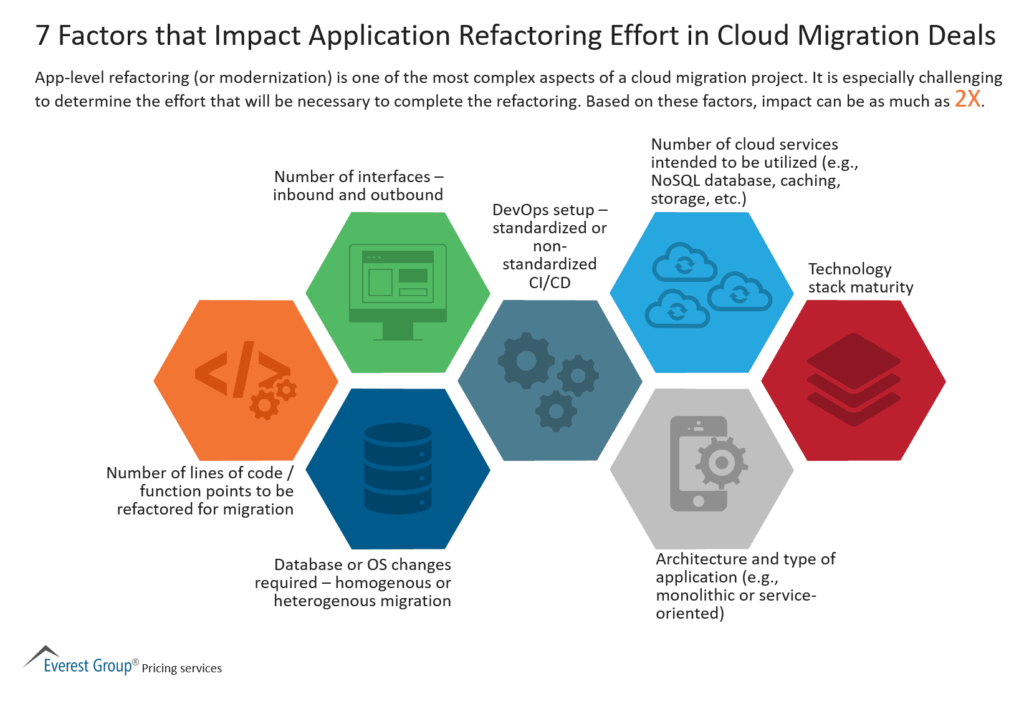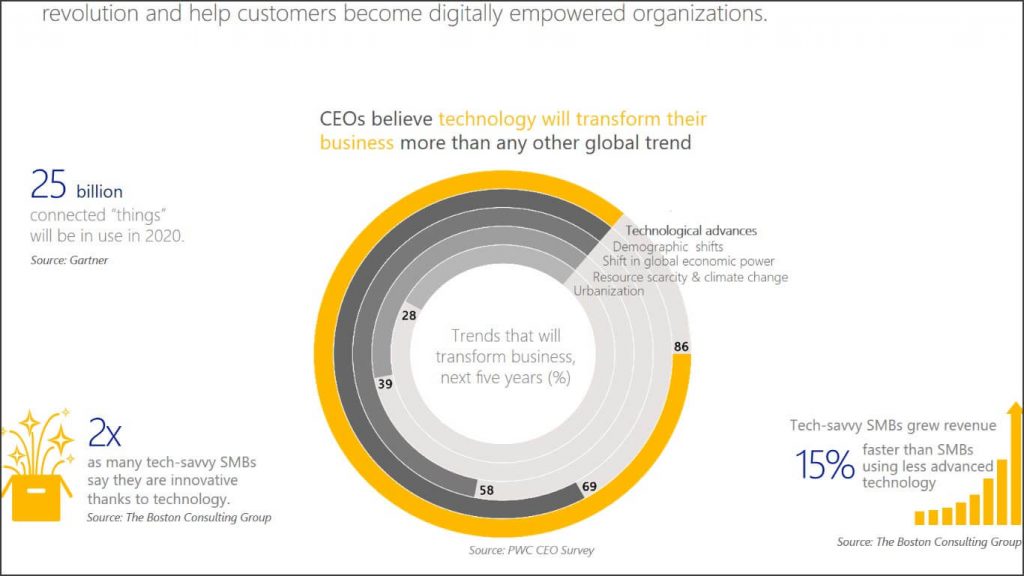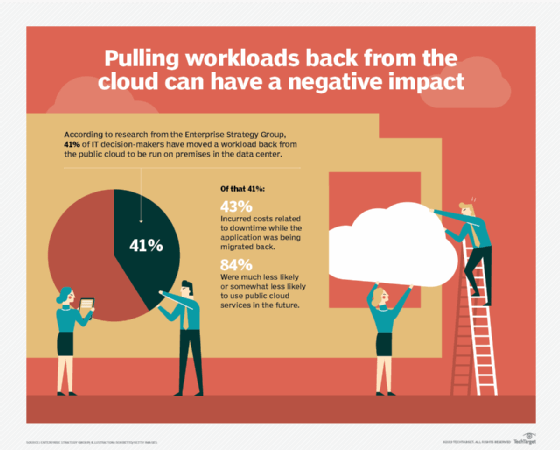Cloud migration has become a popular buzzword in the world of technology today. It refers to the process of moving data, applications, and other business operations from an on-premises data center to a cloud-based infrastructure. The benefits of cloud migration are many. It offers increased flexibility, scalability, and cost savings, making it an attractive option for businesses of all sizes.
One of the most common questions asked by businesses considering cloud migration is, “How long does a cloud migration take?” The answer to this question is not straightforward as the duration of the migration process depends on several factors such as the size of the data, the complexity of the applications, and the level of customization required. In this article, we will explore the different factors that can impact the timeline of a cloud migration and provide insights into how long businesses can expect the process to take.
Cloud migration can take anywhere from a few days to several months depending on the complexity of the project and the amount of data to be transferred. Generally, the most time-consuming part of the process is the migration of the data, which can take up to several weeks. Factors such as the speed of the connection, the size of the database, and the type of data being transferred can all affect the length of time it takes to complete a cloud migration.

How Long Does a Cloud Migration Take?
Cloud Migration is the process of moving data and applications from an on-premises environment or other cloud environment to a cloud environment. Cloud migration is necessary to take advantage of the benefits of cloud computing, such as scalability and cost savings. The length of time it takes to complete a cloud migration depends on a variety of factors, such as the size of the data to be migrated, the complexity of the applications, and the type of cloud platform.
Assessing the Scope of the Migration
Before beginning a cloud migration, it is important to assess the scope of the migration. This involves determining the amount and type of data and applications that need to be migrated and the cloud platform to which they will be migrated. The assessment process also includes evaluating the existing infrastructure and determining which components need to be migrated. The assessment process can take anywhere from a few days to several weeks, depending on the complexity of the environment.
Once the scope of the migration has been determined, the next step is to create a plan for the migration. This plan should detail all the steps that need to be taken to complete the migration, such as which applications need to be migrated and when they need to be migrated. The plan should also include any necessary resources, such as additional storage or computing power. The time required to create the plan depends on the complexity of the migration and the resources available.
Executing the Migration
Once the plan has been created, the actual migration process can begin. This process involves moving the data and applications from the existing environment to the cloud. This can be done using automated tools, such as migration agents, or manually, depending on the complexity of the migration. The time required to complete the migration depends on the size of the data and applications that need to be migrated and the complexity of the migration. For small migrations, it can take a few hours to a few days. For larger migrations, it can take several weeks or even months to complete.
After the migration is complete, it is important to test the new environment to ensure that all applications and data have been successfully migrated. This testing process can also take a few hours or days, depending on the complexity of the migration. Once the testing is complete, the new cloud environment is ready to use.
Optimizing the Cloud Environment
Once the migration is complete, it is important to optimize the cloud environment to ensure that it is running efficiently. This involves ensuring that the applications and data are properly configured for the cloud environment and optimizing the cloud infrastructure for performance and cost. The time required to optimize the environment depends on the complexity of the environment and the resources available.
Optimizing the cloud environment also involves monitoring the environment to ensure that it is running efficiently and taking proactive steps to address any issues that arise. This monitoring and optimization process should happen on an ongoing basis to ensure that the cloud environment is running optimally. This process can take anywhere from a few hours to a few days, depending on the complexity of the environment and the resources available.
Frequently Asked Questions
Cloud migration is the process of moving data, applications and other business elements from an on-premises environment to the cloud. It can involve a variety of activities, from planning to execution, and can take anywhere from a few days to a few months, depending on the complexity of the migration.
How long does a cloud migration take?
The length of time required for a cloud migration can vary greatly depending on the complexity of the migration and the resources available. Smaller migrations can often be completed in a few days, while larger migrations may require weeks or even months of work. Some of the factors that can influence the length of a cloud migration include the number of applications and databases being migrated, the amount of data being migrated, the number of users being migrated, and the type of cloud platform being used. Additionally, an organization may need to factor in the time needed to test the migrated environment to ensure that it is functioning properly. Ultimately, the length of time required for a cloud migration will depend on the specifics of the project.

In conclusion, the length of time it takes to migrate to the cloud varies. There are many factors that can affect the migration process, including the size and complexity of the organization, the amount of data being migrated, and the level of expertise of the IT team. However, with careful planning and execution, the benefits of cloud migration can far outweigh the time investment.
The cloud offers many advantages like increased scalability, improved security, and reduced costs. By taking the time to evaluate your organization’s needs and selecting the appropriate cloud service provider, you can ensure a successful migration process that will set your business up for long-term success. Ultimately, the length of time it takes to migrate to the cloud should not deter organizations from pursuing this important shift in technology, as the benefits can be truly transformative.



